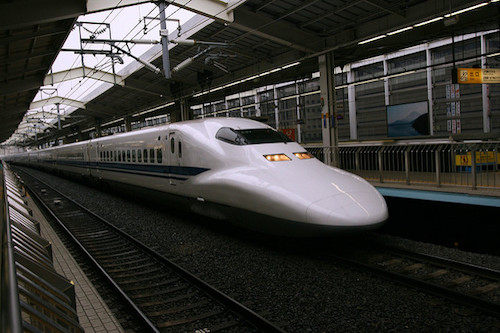Two of the world’s biggest aluminium producers just announced a major breakthrough! A new technology that removes carbon dioxide from the smelting process in aluminium production has been unveiled. Together with the Canadian government, Alcoa and Rio Tinto developed a proprietary material that replaces the carbon-emitting anodes that are destroyed during the smelting process.
Finding ways to reduce the environmental impacts related to metal production, a criterion that is increasingly being used to assess new technologies has been labeled as “the most significant development in aluminium in a century” by companies’ executives.
Aluminium beer cans. Source: Juan Cruz
Aluminum production accounts for about 0.8% of global GHG emissions. This new development would help reduce a significant amount of carbon emissions—the equivalent of removing about 1.8 million vehicles off the road in Canada alone. From packaging food to construction and transportation, aluminium is one of the most versatile and heavily used metals on Earth. Even space shuttles contain up to 90% of aluminum alloys in their parts. It is the third most abundant metal in the Earth’s crust and is one of our best recyclable materials. Theoretically, it is 100% recyclable and it uses 95% less energy to recycle scrap aluminum then to produce new aluminum.
This is also great news for the auto industry. Even before this new technology was unveiled, experts were predicting that cars would increase their average aluminum content to 60% by 2025. The reason for this is because manufacturers are replacing steel with aluminum to make cars more fuel efficient, thereby reducing CO2 emissions. This new breakthrough will definitely help stimulate this transition. While large amounts of energy are still required in the smelting process, this could come from renewable sources in the future, making aluminium production carbon-free.

A Shinkansen train. Source: Doug Bowman (CC BY 2.0)
- Log in to post comments



CRC Comments